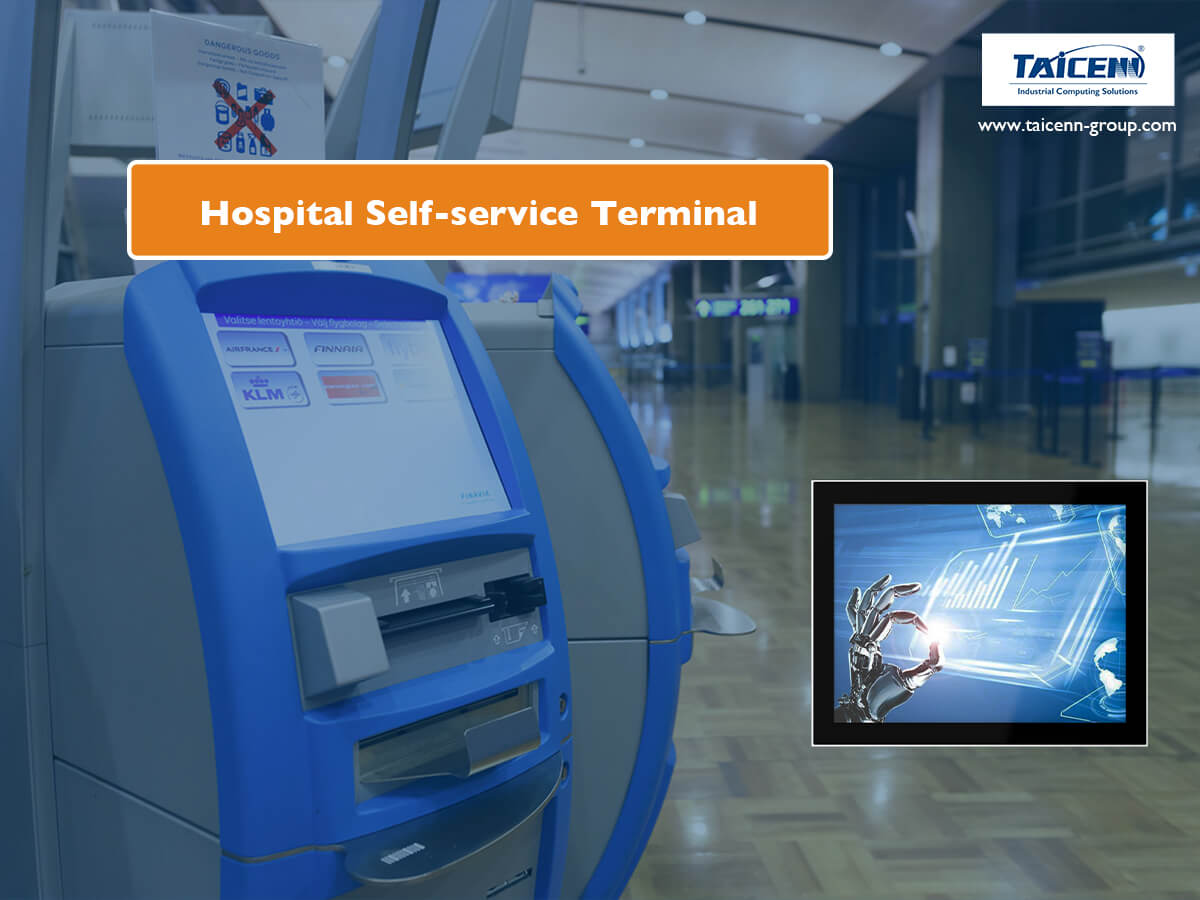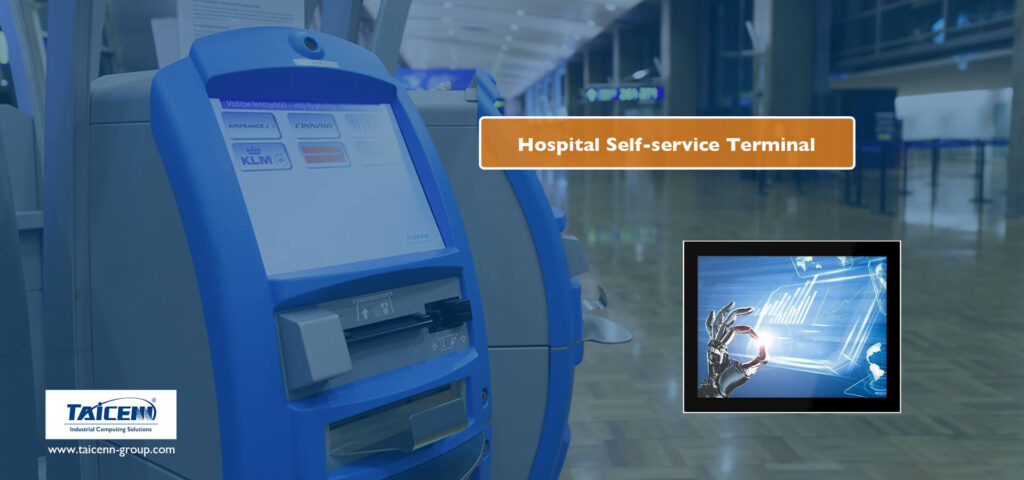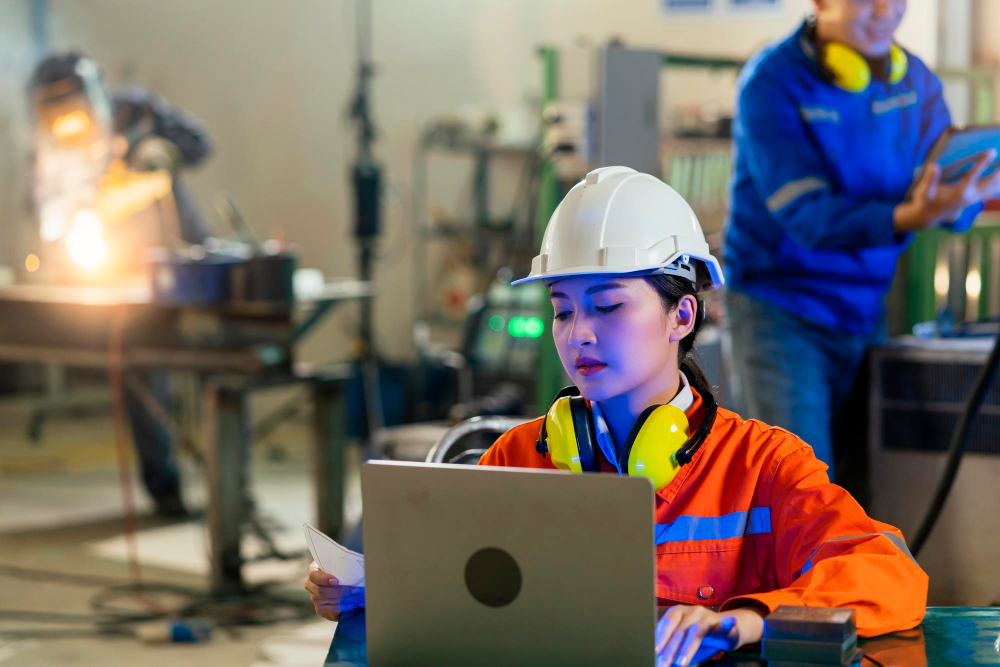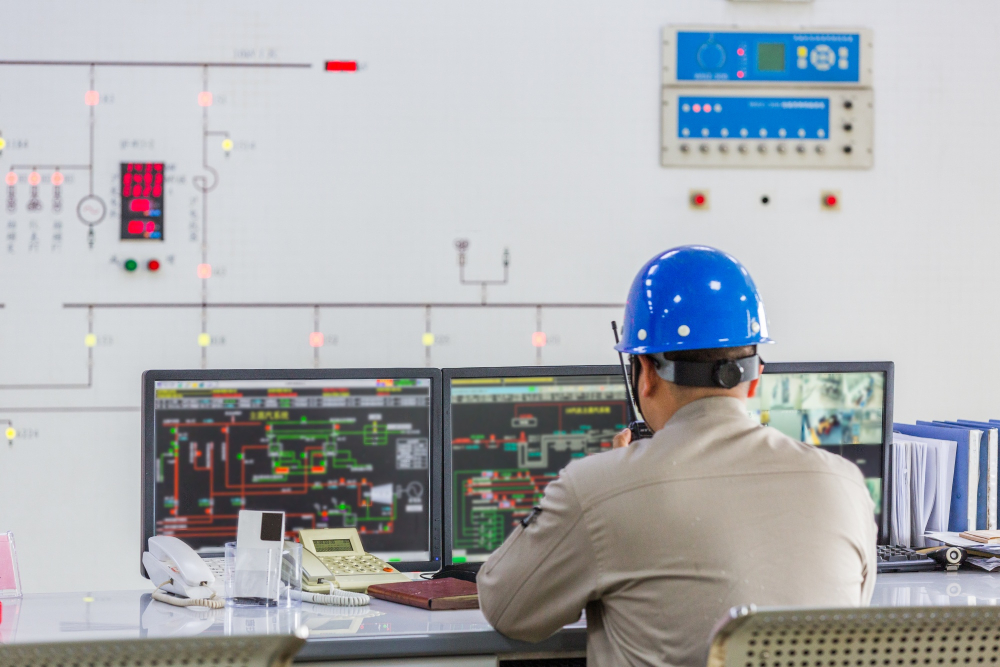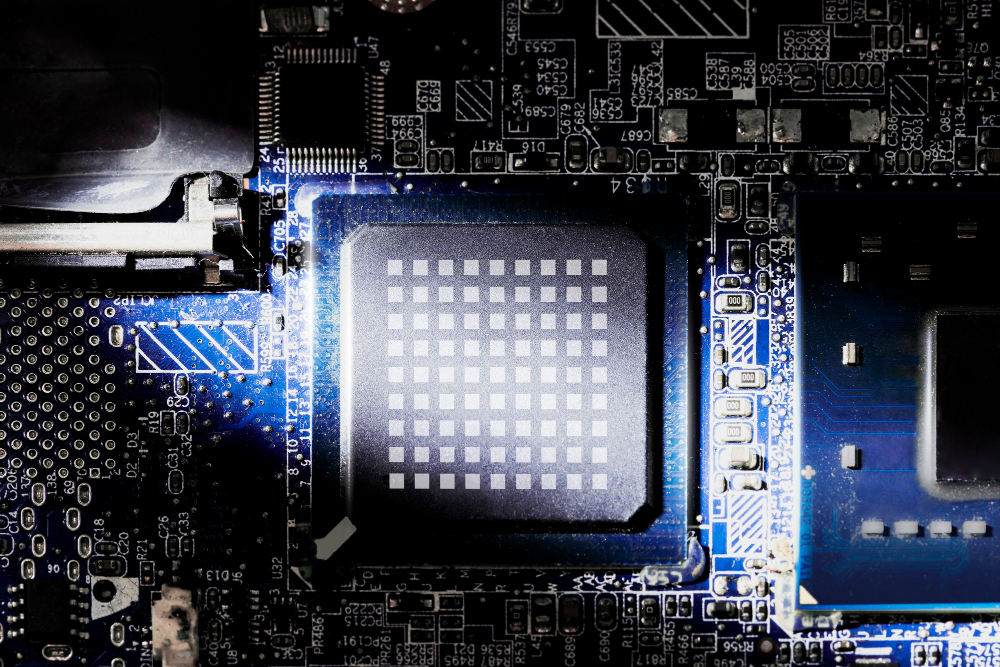Background:
According to the statistics in 2019, there are more than 100,000 all levels medical and health institutions in the country, including 35,000 hospitals, and a total of 3 billion patient visits throughout the year. The survey shows that patients’ dissatisfaction with the hospital is mainly concentrated in the long queues for registration, waiting, and report collection, complicated procedures, and lack of medical guidance services.
At present, due to the insufficiency of the traditional medical treatment process, hospitals generally have the “three longs and one short” problem: long queue time for registration, long waiting time, long queue time for payment and medicine, and short consultation time. Especially in large hospitals or well-known hospitals in the city, there are too many patients during the medical treatment process, and the hospital hardware facilities and personnel are insufficient. The patients waste a lot of time in this waiting process, which makes the patient treatment process to be much complicated. How to effectively optimize the hospital’s treatment process and medical environment, better serve patients, and improve mutual trust between hospital and patients is a problem that every hospital is striving to solve.
Industry Requirements:
With the development of smart cities, more and more self-service terminals of technology products are used to bring great convenience to people’s lives and work. For example, before going to the hospital for registration, there will be long lines each time. The self-service terminals in hospitals can solve the problem of people queuing, facilitate people to make appointments, and bring patients a good mood. The specific operation process and functions of the hospital self-service terminal mainly include:
1. Identity recognition: The patient places the ID card and social security card on the self-service terminal to realize the automatic identification of identity information.
2. Make an appointment with the medical department and doctor, and make an inquiry about diagnosis. Patients can choose the departments and doctors that need to make an appointment, and check, pay, and prescribe the medicine after the doctor diagnoses and prescribes the medicine.
3. Payment and printing. After obtaining the query information, make payment and print the receipt.
The self-service terminals in hospitals not only brings convenience to patients, but also reduces the workload of doctors and makes the entire medical process more efficient.
TAICENN solution:
TAICENN, is a leading global provider and manufacturer of industrial panel PC, industrial display and industrial& embedded PC products, which are designed specifically for systems and applications that require excellent performance, high-level reliability and stability, long supply period and supports.
In the field of smart cities, smart hospitals and hospital self-service terminals, TAICENN has accumulated a wealth of industry application requirements based on the actual application requirements of hospital automation, and provides modular design and manufacturing industrial computer and industrial HMI display products. At the same time, we can also provide customized solutions according to the user’s application requirement on the field.
To the actual needs of automatic self-service terminals in hospitals, TAICENN provides 15.0-inch TPC-DCM150S1 model products, which adapts with 6-generation Core i3-6100U dual-core processors, providing high computing capacities for self-service terminal equipment; 15.0-inch industrial LCD screen, 1024* 768 resolution, high-precision multi-point capacitive touchscreen with EETI touch controller, providing rich IO interfaces, 2 Ethernets, 4 USB ports, 2 serial ports, 1 HDMI signal interface. The Panel PC can be connected to a variety of data modules. Similarly, the hospital self-service terminal can also come with a separate structure, the industrial control computer and the industrial display, which are seamlessly connected, to fulfill the same function and goal.
TPC-DCM150S1 Features:
● Magnesium aluminum panel, sheet-metal box structure;
● 15.0″ TFT LCD, LED backlit, resolution 1024*768;
● Intel Skylake 6th Core i3-6100U Dual core processors;
● Multi-points projective capacitive touch, EETI controller;
● Fanless & slim design, front IP65 rated protection;
● Panel mount, support VESA 75/100 mount;
● DC 12~24V input, with over-current, over-voltage protection;
● 2*Intel GLAN, 2*RS232 (Optional 1*RS485), 4*USB3.0;
● Expansional with 3G/4G/LTE, Wi-Fi/BT wireless;
● Optional with 2 x 2w mini speaker;
● I/O: 4x USB, 2x GLAN, 2x COM, 1x HDMI, Audio.
Written at the end:
The use of self-service terminals can improve the service quality of the hospital, improve work efficiency and patient satisfaction. It also effectively reduce hospital service costs, achieving the “smart and intelligent” hospital service concept, and truly satisfying the people, finally to be a satisfied hospital.
